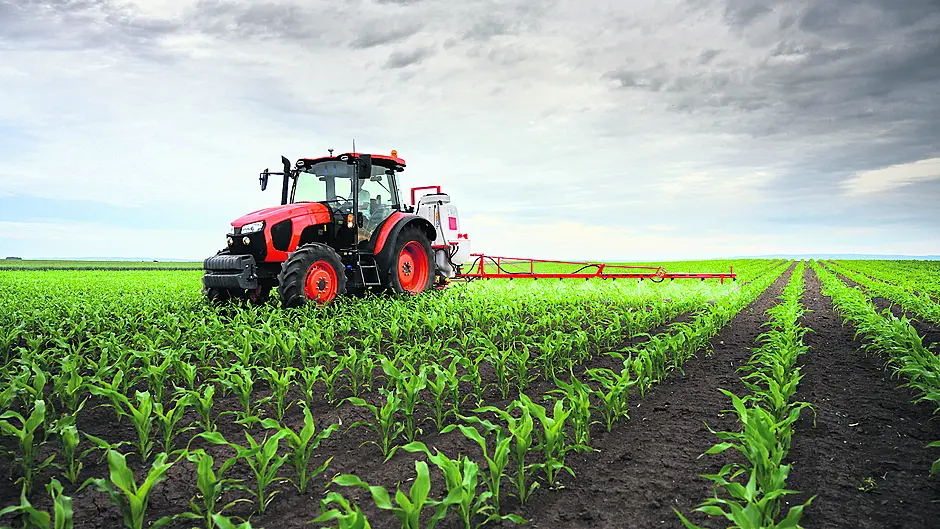SPRING crops are growing well and the broken warm weather is good to drive on crops.
To maximise yield at harvest, applying a fungicide at the correct time is the foundation for successful disease control in spring barley. Teagasc research from Oakpark has demonstrated that applying the first fungicide at mid/late tillering and a second at awn emergence can result in a yield increase of over 0.5t/ha in a high disease pressure year over delayed timings. Use a mix of active ingredients that target the fungus at no more than a half rate of each of the individual components. Include Folpet 1.5L/ha to assist in the control of ramularia. All fungicides have strengths and weakness so it is important to match the correct fungicide with the varietal characteristics.
All current spring barley varieties have high ratings for resistance to mildew so the inclusion of a specific mildewicide is rarely warranted. It is essential to walk the crop beforehand and then decide on fungicide choice and rate in conjunction with the varietal characteristics. A mismatch of fungicide and variety can lead to either poor disease control or unwarranted fungicide use. See Table 1 for the suggested spring barley fungicide programme.
Some crops of spring beans were sown earlier than normal this year, which may result in increased disease pressure. The key to bean disease control is early spraying when disease is first seen or expected. Chocolate spot is the main threat but downy mildew and sometimes rust can rob yield. Apply T1 fungicide at the start of flowering with a follow up application two to three weeks later. Options include Elatus Era at 0.66L/ha (use only once) or Signum at 0.5-0.75L/ha, or Amistar 0.5L/ha plus tebuconazole 0.75L/ha.
Meanwhile, silage harvesting is in full swing but the broken weather this week can put pressure on the farmer and the contractor to get through the work.
Both the farmer and the contractor need to think carefully in terms of safety.
Drivers need adequate rest to operate the machinery safely and need to operate the machinery responsibly to prevent accidents on the road or on farm. The farmer should ensure that the farmyard is free from obstructions and the approach and exit from the yard is clear. Be careful of the elderly and young children. The arrival of the contractor is exciting for young budding farmers but they must be supervised carefully during this time and kept away from danger.
• Michael McCarthy is a business and technology tillage advisor for West Cork and can be contacted at the Clonakilty advisory office.









